
Calligraphy is a visual art related to writing. It is the design and execution of lettering with a pen, ink brush, or other writing instrument. Contemporary calligraphic practice can be defined as "the art of giving form to signs in an expressive, harmonious, and skillful manner".

Tartary or Tatary was a blanket term used in Western European literature and cartography for a vast part of Asia bounded by the Caspian Sea, the Ural Mountains, the Pacific Ocean, and the northern borders of China, India and Persia, at a time when this region was largely unknown to European geographers.

An Jung-geun, sometimes spelled Ahn Joong-keun, was a Korean independence activist and pan-Asianist. His baptismal name was Thomas (도마).

Sir Anthony van Dyck was a Flemish Baroque artist who became the leading court painter in England after success in the Spanish Netherlands and Italy.

Semi-cursive script, also known as running hand script, is a style of calligraphy which emerged in China during the Han dynasty. The style is used to write Chinese characters and is abbreviated slightly where a character's strokes are permitted to be visibly connected as the writer writes, but not to the extent of the cursive style. This makes the style easily readable by readers who can read regular script and quickly writable by calligraphers who require ideas to be written down quickly. In order to produce legible work using the semi-cursive style, a series of writing conventions is followed, including the linking of the strokes, simplification and merging strokes, adjustments to stroke order and the distribution of text of the work.

Franciscus Junius, also known as François du Jon, was a pioneer of Germanic philology. As a collector of ancient manuscripts, he published the first modern editions of a number of important texts. In addition, he wrote the first comprehensive overview of ancient writings on the visual arts, which became a cornerstone of classical art theories throughout Europe.

The Bell of King Seongdeok (Korean: 성덕대왕신종) is a large bronze bell, the largest extant bell in Korea. The full Korean name means "Sacred Bell of King Seongdeok the Great." It was also known as the Emille Bell (에밀레종), after a legend about its casting, and as the Bell of Bongdeoksa Temple, where it was first housed.

Kim Jong Un is a North Korean politician who has been supreme leader of North Korea since 2011 and the leader of the Workers' Party of Korea (WPK) since 2012. He is the third son of Kim Jong Il, who was North Korea's second supreme leader from 1994 until his death in 2011, and Ko Yong Hui. He is a grandson of Kim Il Sung, who was the founder and first supreme leader of North Korea from its establishment in 1948 until his death in 1994.
Ernst van de Wetering was a Dutch art historian and an expert on Rembrandt and his work.
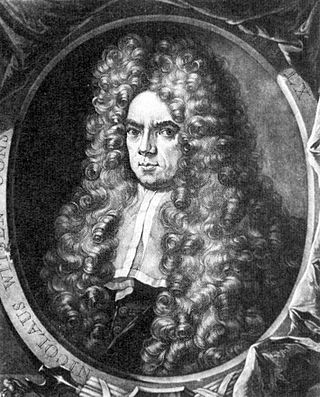
Nicolaes Witsen was a Dutch statesman who was mayor of Amsterdam thirteen times, between 1682 and 1706. In 1693, he became administrator of the Dutch East India Company (VOC). In 1689, he was extraordinary-ambassador to the English court and became Fellow of the Royal Society. In his free time, he was cartographer, maritime writer, and an authority on shipbuilding. His books on the subject are important sources on Dutch shipbuilding in the 17th century. Furthermore, he was an expert on Russian affairs. He was the first to describe Siberia, the Far East and Central Asia in his study Noord en Oost Tartarye [North and East Tartary].
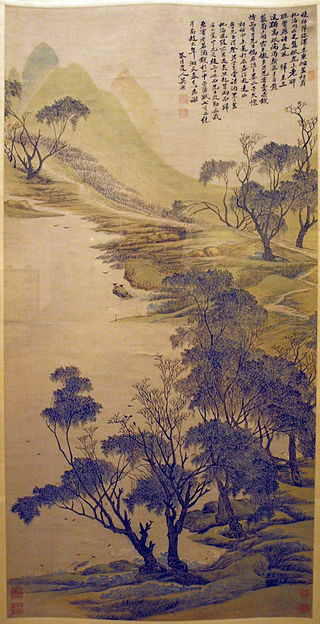
Wu Li, SJ ; ca. 1632-1718 was a Chinese landscape painter, Christian poet, calligrapher and Jesuit missionary priest from Jiangsu who lived during the Qing Dynasty (1644–1912).

Sir Peter Paul Rubens was a Flemish artist and diplomat. He is considered the most influential artist of the Flemish Baroque tradition. Rubens's highly charged compositions reference erudite aspects of classical and Christian history. His unique and immensely popular Baroque style emphasized movement, colour, and sensuality, which followed the immediate, dramatic artistic style promoted in the Counter-Reformation. Rubens was a painter producing altarpieces, portraits, landscapes, and history paintings of mythological and allegorical subjects. He was also a prolific designer of cartoons for the Flemish tapestry workshops and of frontispieces for the publishers in Antwerp.
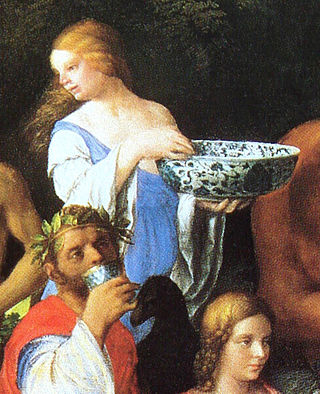
Chinese porcelain in European painting is known from the 16th century, following the importation of Chinese porcelain wares into Europe.

Chinese Tartary is an archaic geographical term referring to the regions of Manchuria, Mongolia, Xinjiang, and Tibet under the rule of the Qing dynasty of China. The geographical extent of Chinese Tartary largely corresponds with that of the "Feudatory Regions", as defined by the Qing court. The term "Tartar" was used by Europeans to refer to ethnicities living in northern, northeastern, and western China, including the Mongols, Manchus, Tibetans, and Central Asians. Some definitions include the Japanese. The regions are now more commonly referred to by scholars as Inner Asia.
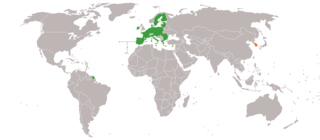
The European Union (EU) and South Korea are important trade partners: As of April 2023, Korea is the EU's third-largest importer. Excluding European countries, Korea has secured the third place on the list, following China and the United States. And the EU is Korea's third largest export destination. The two have signed a free trade agreement which came into effect at end of 2011. Furthermore, South Korea is the only country in the world with the three agreements covering economics, politics and security in effect as of 2020.

China Illustrata is the 1667 published book written by the Jesuit Athanasius Kircher (1602–1680) that compiles the 17th-century European knowledge on the Chinese Empire and its neighboring countries. The original Latin title is Athanasii Kircheri e Soc. Jesu China monumentis, qua sacris qua profanis, nec non variis Naturae et artis spectaculis, aliarumque rerum memorabilium argumentis illustrata, auspiciis Leopoldi primi, Roman. Imper. Semper augusti Munificentissimi Mecaenatis.

Thijs Dallinga is a Dutch professional footballer who plays as a forward for Ligue 1 club Toulouse and the Netherlands national team.
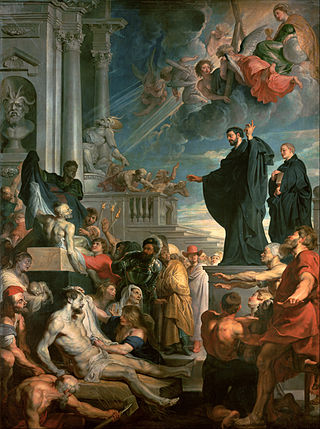
The Miracles of St. Francis Xavier is a large altarpiece painted by Peter Paul Rubens in 1617 or 1618. It was originally commissioned by the Jesuits in Antwerp for their church, now known as the St. Charles Borromeo Church. It is now in the Kunsthistorisches Museum in Vienna. The painting depicts the miracles worked by St. Francis Xavier during his mission to Asia and includes a large variety of figures from Asia and Africa, as well as the destruction of a Hindu idol in the background. Rubens also painted a companion piece, The Miracles of St. Ignatius of Loyola.
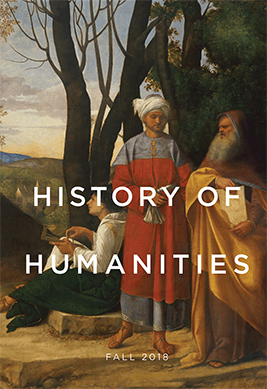
History of Humanities is a double-blind peer-reviewed academic journal devoted to the history of the different traditions and disciplines in the humanities, across periods and cultures. Its current editors are Rens Bod, Julia Kursell, Jaap Maat, and Thijs Weststeijn.
António Corea or António Korea was a Korean slave who was taken to Italy. He is possibly the first Korean to have set foot in Europe, and he has been speculated to have descendants still living in the village of Albi, Calabria today.




















